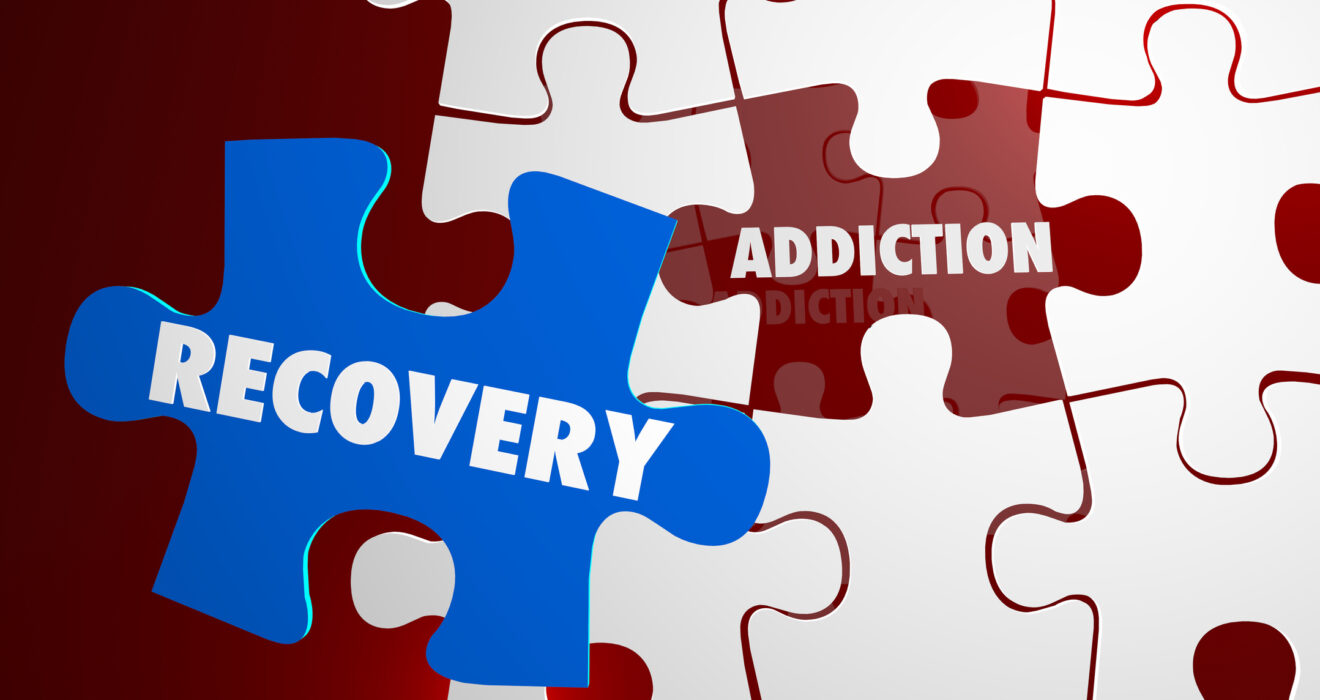Acute Withdrawal Syndrome (PAWS) in Addiction Recovery
Introduction
The journey of recovery from substance abuse often involves phases of withdrawal, not just physical but also emotional and psychological. Post-acute withdrawal syndrome (PAWS) emerges as the brain readjusts after the detoxification process. While it’s temporary, PAWS poses challenges and can be a precursor to relapse if not managed effectively.
What is Post-Acute Withdrawal Syndrome (PAWS)?
PAWS is the secondary phase of withdrawal following the initial acute physical symptoms that occur after detoxification. Unlike acute withdrawal, PAWS primarily involves psychological and emotional aspects as the brain seeks balance post-active addiction. Its duration and intensity vary, but recognizing and managing its signs is crucial in sustaining recovery.
Why does PAWS Occur in Substance Abuse Recovery?
PAWS is a natural part of the brain’s healing process, aiming to correct the chemical imbalances resulting from prolonged substance abuse. It commonly surfaces among those battling alcohol, opioids, benzodiazepines, or other highly addictive substances. Stress or triggers related to past substance use can exacerbate PAWS symptoms.
Common Symptoms of PAWS
Recognizing PAWS symptoms is vital in mitigating the risk of relapse. Symptoms include foggy thinking, cravings, irritability, sleep disturbances, fatigue, stress sensitivity, anxiety, depression, lack of focus, and mood swings.
Duration of PAWS Symptoms
The duration varies depending on individual factors like the type of addiction and the extent of substance use. Typically, the recalibration process lasts six months to two years before the brain restores its natural production of endorphins and dopamine.
Coping Strategies for Managing PAWS
Effectively managing PAWS involves proactive strategies, such as seeking professional mental health support, practicing self-care, open communication with supportive individuals, identifying triggers, journaling experiences, managing concentration and sleep issues, and acknowledging the gradual progress of recovery.
Conclusion
Post-acute withdrawal syndrome is a temporary but challenging phase in addiction recovery. Recognizing its symptoms and employing proactive coping mechanisms are pivotal in navigating this phase successfully. Managing PAWS not only alleviates discomfort but also significantly reduces the risk of relapse, ultimately contributing to a more robust, sustained recovery journey.
Seeking professional help and support and establishing a robust support system significantly aids in managing PAWS. Recovery is a journey, and effectively handling PAWS is a significant step toward long-term sobriety and well-being.


